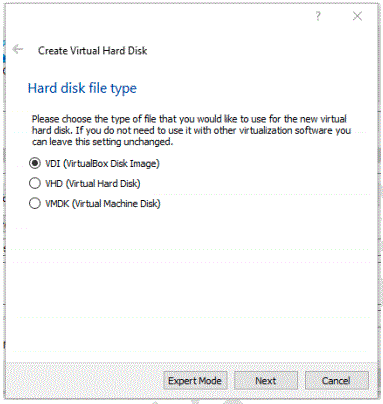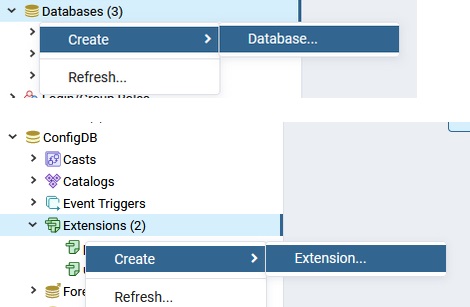

Postgres | Superuser, Create role, Create DB, Replication, Bypass RLS | sudo systemctl start postgresql-11Ĭonnect to PostgreSQL database sudo -u postgres psql sudo systemctl enable postgresql-11įor now, start PostgreSQL service manually. Using PG alone will also give us the opportunity to understand some basic SQL queries as we will be querying and manipulating data in the DB using raw SQL queries. PGSETUP_INITDB_OPTIONS env is used to set initdb parameters.Įnable PostgreSQL to start automatically on server reboot. Instead of using an ORM, we will use PG NodeJS package directly PG is a NodeJs package for interfacing with the PostgreSQL database. Initializing default cluster PGSETUP_INITDB_OPTIONS='-k' sudo -E /usr/pgsql-11/bin/postgresql-11-setup initdbĪbove command will create PostgreSQL cluster in /var/lib/pgsql/11/data/.
#Install postgresql packages through postico install#
RHEL / CentOS sudo yum install postgresql11-server postgresql11-contribįedora sudo dnf install postgresql11-server postgresql11-contrib postgresql11-contrib - Additional extensions libraries to add some awesome.postgresql11-server - Main server binary and others.postgresql11 - common binaries, man pages, translations, etc.Installing PostgreSQL server and contrib packagesįollowing command will install these packages: PostgreSQL 11 section, right click on your your distribution link and copy link.Ībove command installs yum repo file for PostgreSQL in /etc// CentOS sudo yum install Ībove command install yum repo file for PostgreSQL in /etc// Fedora sudo dnf install Ībove command install yum repo file for PostgreSQL in /etc// which Installation Installing yum / dnf repository setup rpm Which is the latest major release of PostgreSQL as of this writing. This guide will help you get started with installing and configuring PostgreSQLįor a CentOS / RHEL 7 based system, which will also work for Fedora 29.

More, and the PostgreSQL community provides installers for these distributions. Including, RedHat Enterprise Linux (RHEL), CentOS, Fedora, Scientific Linux, and The PostgreSQL RPM packages work across many Linux distributions, Started! One of the most popular ways to install PostgreSQL is by using RPM

Successfully in your development and production environments is simply getting One of the most important things to using PostgreSQL


 0 kommentar(er)
0 kommentar(er)
